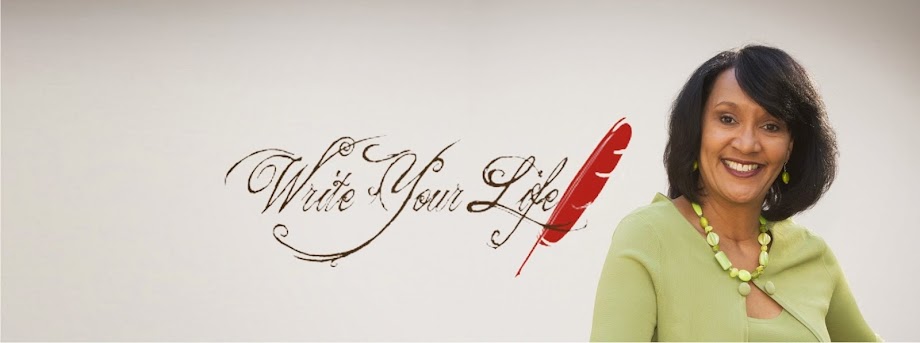A professional edit is an essential component of a well-produced book. So why do so many authors, particularly self-published authors, skip this vital step? It could be that they do not know what to look for when choosing an editor.
The range of editing services is vast. When choosing an editor, it’s important to know exactly what you’re paying for and the extent of the services you’ll receive (and maybe more importantly, won’t receive). Many editors do not specify exactly what services they offer, so getting the answers to the following 10 questions will help ensure a smooth and successful edit of your manuscript.
1. Will you do a complimentary sample edit?
The best way to compare editors is to compare sample edits of the same material. Usually two pages of a double-spaced manuscript will be sufficient. From a sample edit, you’ll get an idea of how thorough each editor is.
2. What services am I paying for?
The most basic service is a proofread. For this service, grammar, punctuation, style consistency, and typos are reviewed. Typically, no content-related revisions are suggested. A proofread is often done in one review, though I contend that more reviews are usually necessary.
The most extensive service is a thorough edit, which in addition to a basic proofread may include content revision and fact checking. A thorough edit can take two to four full reviews of your manuscript to complete, depending on its length and the changes required.
3. How many times will you review the manuscript, and will you make the edits yourself or only note where edits are needed?
It’s important to know how many times your manuscript will be reviewed. It’s difficult to catch all of the errors in a manuscript in just one review, unless it requires only a few changes.
If your editor suggests several revisions to your manuscript during the initial review, you need to know who will proof those changes after they are made. This is extremely important because of the time involved and the possibility of introducing new errors. Some editors will make the changes themselves, but some will only point out the needed changes. In addition to saving you time, having the changes made for you will keep you from making new mistakes that are not caught, particularly with rewritten material.
4. How much experience do you have with my type of manuscript?
If you are in need of only a basic proofread, then you have many professionals to choose from. If, however, content revision is necessary, be sure that the professional you choose has the type of experience you need. For example, if you are writing fiction, and you are not sure if you wrote well-developed characters, you need an editor who knows character development. Do not hesitate to ask how many books the editor has edited in your genre. Historical fiction and children’s books, for example, may require different expertise.
5. What is your turnaround time?
Make sure that timelines are clear, and find out what happens if they are not met. If more than one revision is necessary, part of the time that it takes to complete your project may depend on how quickly you can make changes and respond to questions. Expect to pay more for rush jobs.
6. What style guides are you familiar with?
Most nonacademic, new authors are not aware of style guides. For books, the Chicago Manual of Style and the Associated Press Stylebook are commonly used style guides. Your editor needs to know which style you are using and to be familiar with that style when reviewing your manuscript for consistency.
You may also use your own style, as long as you are consistent, which is difficult if you’re not aware of your style choices (e.g., which numbers will you spell out and will you use the serial comma).
7. What correction/commenting method do you use?
Many editors use the track changes tool in Word. If your document is not in Word or if your editor does not use track changes, you might communicate by fax with comments handwritten on the document.
8. If you have questions about my content or if I have questions about your edits, will we have a phone conversation, or do you communicate electronically only? If phone conversations are included, is there a limit to the number of calls or the duration of the calls?
Some points of clarification and questions do not translate well by email. You need to know if you can ask questions by phone and if your editor will call you with complicated questions or explanations.
9. How and when do you invoice, and what payment methods do you accept?
When possible, don’t pay for your service in full in advance. If you do, you may not have any recourse if the job is not completed as promised.
By using PayPal or a similar service, you can file a dispute if you have problems with their merchant, and you won’t have to give your credit card number to a stranger. If your editor does not have a PayPal account, suggest that she get one. Setting up an account is free, fast, and easy.
10. Do you have a satisfaction guarantee, and will you put the terms in writing?
Find out what happens if your expectations are not met. This information is also helpful when comparing editors.
Be sure to get your agreement in writing. Though a formal contract is probably not necessary, it’s a good idea to have clearly defined expectations and target dates in writing.
Getting answers to these important questions will help you choose the right editor for your needs. Being an informed consumer may also save you time and money. Here’s to your bestseller that you will be proud to present again and again!





